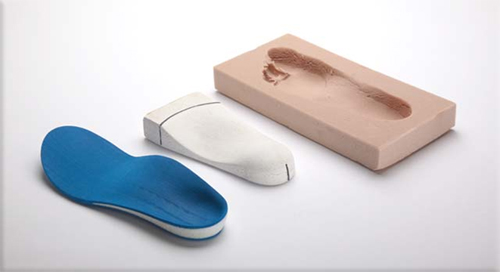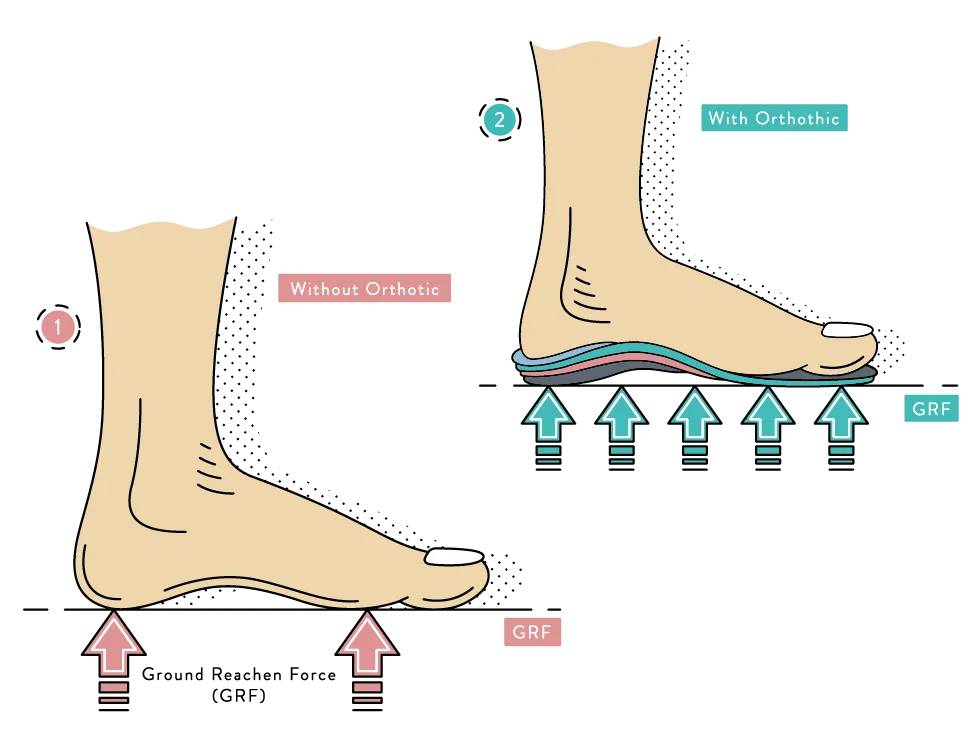Find a Fitter for Bootfitting Niwot CO
Finding the proper ski boot can significantly improve your snowboarding experience. However, many skiers face common ski boot fitting issues that can detract from their performance and pleasure on the slopes.
An ill-fitting boot can lead to discomfort and pain, affecting your ability to maneuver effectively. Often, these issues come up from dimension, shape, or even the mistaken flex rating, resulting in an uncomfortable expertise whereas snowboarding. Understanding these common fitting problems can save you time and frustration.
One frequent issue is the mismatch between foot width and boot measurement. If the boot is too narrow, it can result in pinching, causing numbness or pain in the toes. Conversely, if it's too wide, the foot can shift round inside the boot, lowering management and increasing the risk of damage. Shell fit is crucial here, and having knowledgeable adjust the width could make a big distinction.
Boot Fitting Guide: Dos and Don'ts Wheat Ridge CO
Another common concern is boot length. A boot that is too long can cause heel raise, making it troublesome to transfer energy effectively from your foot to the ski. This lack of control can result in decreased confidence on steep or difficult terrain (D.I.Y. Boot Fitting Part 1 Guide Arvada CO). Ensuring that your heel stays cosy within the boot is important for optimum performance
Ski boot flex is one other area many skiers overlook. The flex rating signifies how stiff or gentle the boot is, impacting your capability to manage the skis. Beginners typically benefit from softer boots, while advanced skiers may favor stiffer options for higher responsiveness. Choosing the incorrect flex can hinder your snowboarding technique, leading to fatigue and a less enjoyable experience.
Liner fit is one other issue that tremendously impacts overall comfort. Many modern ski boots come with heat-moldable liners designed to fit the unique contours of your feet. If you experience pressure points or discomfort after some time on the slopes, it's worth considering a custom liner or having your existing liner molded for a better fit.
Fit Issues to Watch for in Ski Boots Lafayette CO
Cold feet may also be a common complaint among skiers. An improper fit can lead to inefficiencies in blood flow, leading to chilly toes. Often, thicker socks usually are not the reply; as a substitute, guaranteeing a comfortable and sufficient fit will assist maintain your ft warm. Investing in good quality thermal liners can also assist in sustaining heat throughout the day.
In addition to those fitting issues, the arch height is another crucial think about attaining a cushty fit. Many ski boots come with various insoles to assist customise the arch help. A boot that doesn't provide sufficient arch assist can lead to pain and fatigue, particularly after hours of skiing. Using aftermarket insoles can improve comfort considerably.
Retention issues can arise from improper buckling techniques. It's important to safe your boots adequately, as unfastened or overly tight buckles can lead to discomfort or reduced control on the slopes. Learning the means to adjust your buckles accurately might help alleviate many fitting considerations while snowboarding.
Boot Fitting Methodologies to Consider Dacono CO
Some skiers could expertise widespread problems throughout transitions between actions. For instance, while many ski boots are designed for downhill snowboarding, they is most likely not suitable for touring or walking. If you intend to interact in numerous snow sports, contemplate boots that provide versatility in their design. This can decrease the discomfort usually felt whereas transitioning from the car parking zone to the mountain.
Skiing can take a toll in your physique if you put on the incorrect equipment. Boot-related accidents, similar to bruised toes or cold toes, can detract from the enjoyment of the sport. Ensuring your boots fit properly can help forestall these type of injuries. It’s price taking the time to find a solution to those common fitting issues.

Overall, the primary takeaway is that correct fitting of ski boots is crucial for any skier, regardless of ability. Taking the time to deal with widespread ski boot fitting issues can result in an pleasant and fulfilling expertise on the mountain. Seek skilled assistance when you struggle to seek out the best fit, as their expertise might help tailor your boots to fit your particular needs.
Basics of Ski Boot Architecture and Fit Northglenn CO
Taking a proactive approach in addition fitting will repay in the lengthy term. The comfort and performance you enjoy from well-fitted boots will probably inspire you to spend more time on the slopes. Ultimately, understanding the nuances of ski boot fitting can elevate your snowboarding experience, allowing for more enjoyment and fewer worries about discomfort.
It’s clear that properly fitting ski boots are an important element of an pleasant day on the mountain. Understanding common ski boot fitting issues not only helps in enhancing your performance but additionally contributes to the general safety and delight of skiing. Prioritizing boot fit can remodel your relationship with the sport, enabling longer, more enjoyable runs that leave you excited for the subsequent journey.
Analyzing Foot Shape for Ski Boot Fit Lafayette CO
- Incorrect size choice can result in extreme pressure points or inadequate support during snowboarding, affecting total performance and luxury.
- A common issue is an overly loose fit that results in a scarcity of control and diminished responsiveness, leading to potential security hazards.
- Insufficient arch support may cause foot fatigue or cramps, making it important to gauge arch height throughout fitting.
- Incompatibility with totally different sock types can create discomfort; it's vital to try the boots on with acceptable ski socks to assess fit accurately.
- Wrong flex index for the skier's capacity level can hinder performance, making it crucial to match boot stiffness to talent stage and skiing fashion.
- Poor liner quality might not conform correctly to the foot shape, compromising heat and luxury over extended use.
- An ill-fitting cuff can restrict movement or create bruising across the calf, impacting general snowboarding method and pleasure.
- Misaligned foot place or canting issues can lead to uneven weight distribution, resulting in an unbalanced journey and elevated danger of harm.
- Not contemplating foot width can lead to pressure points, especially for those with wider or narrower ft, necessitating specific models designed for numerous foot shapes.
- Inadequate heel grip can result in heel carry, impacting management and responsiveness; ensuring a snug heel fit is paramount for effective skiing.undefinedWhat are the signs that my ski boots are too tight?undefinedIf your ski boots are too tight, you may experience discomfort, pain, or numbness in your toes or feet. You might also notice cold feet or difficulty in flexing your ankles. A well-fitting boot should feel snug but not cause pain over time.
How can I tell if my ski boots are too loose?undefinedLoose ski boots can result in an absence of management and responsiveness on the slopes. You would possibly really feel your heel lifting whereas snowboarding or expertise rubbing, which may lead to blisters. If you'll have the ability to easily wiggle your toes while still feeling secure, the fit might be appropriate.
What should I do if my ski boots pinch my feet?undefinedA pinch can point out an improper fit or a particular pressure point. Consider utilizing heat-moldable liners or custom insoles to alleviate pressure (Ski Boot Fit Discussions Wheat Ridge CO). Visiting an expert boot fitter can present tailor-made changes for a more snug fit
Why do my ankles feel restricted in my ski boots?undefinedIf your ankles feel restricted, it could possibly be due to overly stiff boots or incorrect sizing. Make sure your boots match your skiing style and talent. A boot fitter may help assess if a softer flex or a unique mannequin would better accommodate your ankle movement.
Guidelines for Boot Fitting Success Loveland CO
Is it normal for my toes to touch the front of my ski boots?undefinedA cosy fit ought to permit your toes to lightly brush the front of the boot when standing upright. When you flex forward, your toes ought to pull again slightly. If they are crammed against the entrance persistently, the dimensions might not be appropriate.

What adjustments can be made for wide or narrow feet?undefinedFor wide toes, you may need a boot designed with a broader fit or consider heat-moldable liners. For narrow toes, search for models featuring adjustable buckles or contemplate custom footbeds to boost the fit and support.
How can I prevent shin bang whereas skiing?undefinedShin bang may be minimized by guaranteeing proper boot fit, particularly within the calf space. Consider using softer liners or adjusting the ahead lean of the boot - Ski Boot Fit Essentials for Varied Terrain Louisville CO. Regularly checking your boot’s position and adjusting the buckles can even help maintain comfort
DIY Ski Boot Stretching Techniques Lafayette CO
Why do I expertise chilly feet in my ski boots?undefinedCold feet usually end result from poor circulation as a end result of an overly tight fit or insufficient insulation. Make sure your socks are moisture-wicking and not too thick. It may assist to ensure that your boots are heat before placing them on.
What ought to I look for when attempting on ski boots?undefinedWhen making an attempt on ski boots, ensure that your toes frivolously touch the entrance when standing straight. Flex forward to check for heel carry. Make sure there are not any pressure points, and stroll around to evaluate the fit. Comfort ought to be a precedence while ensuring you have the best flex in your skiing fashion.
Visit Your URL DIY Ski Boot Stretching Techniques